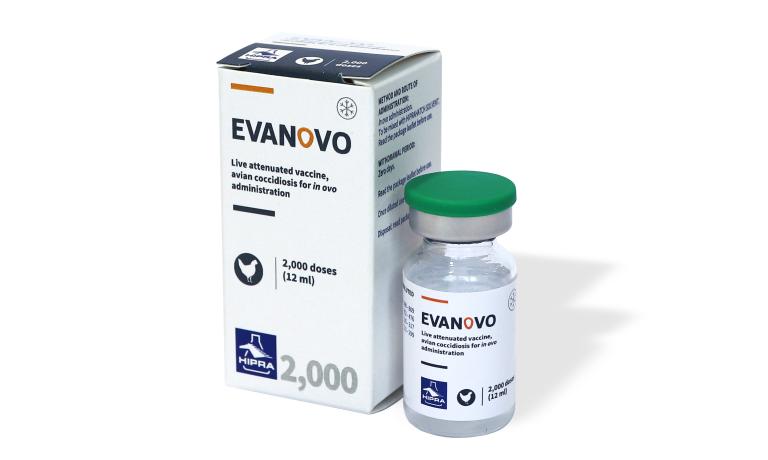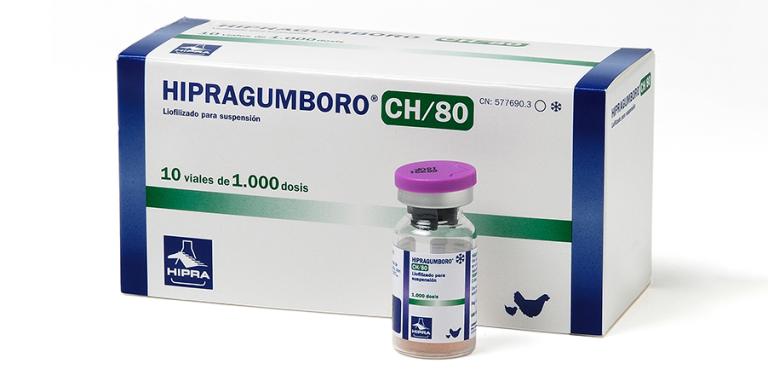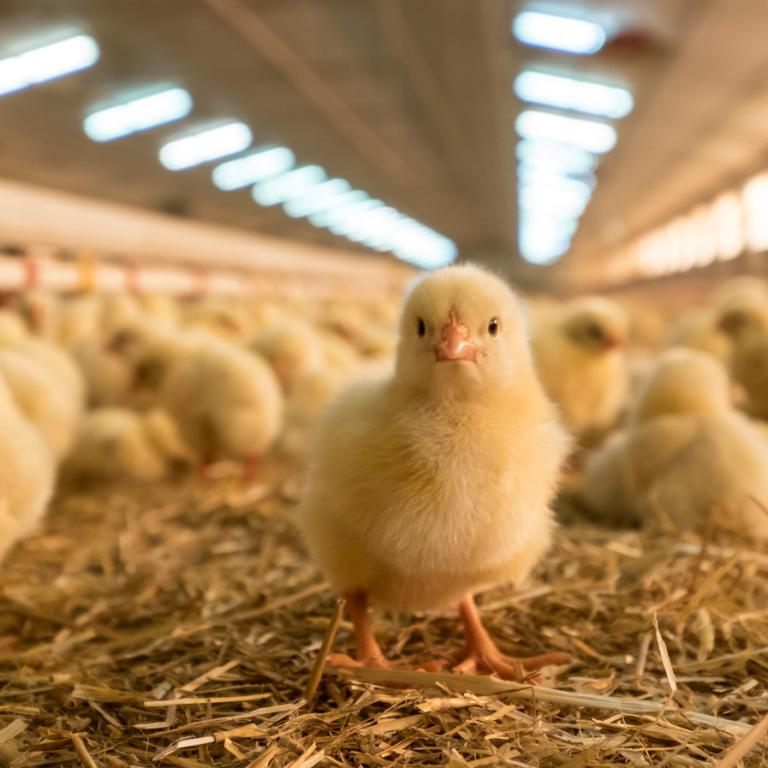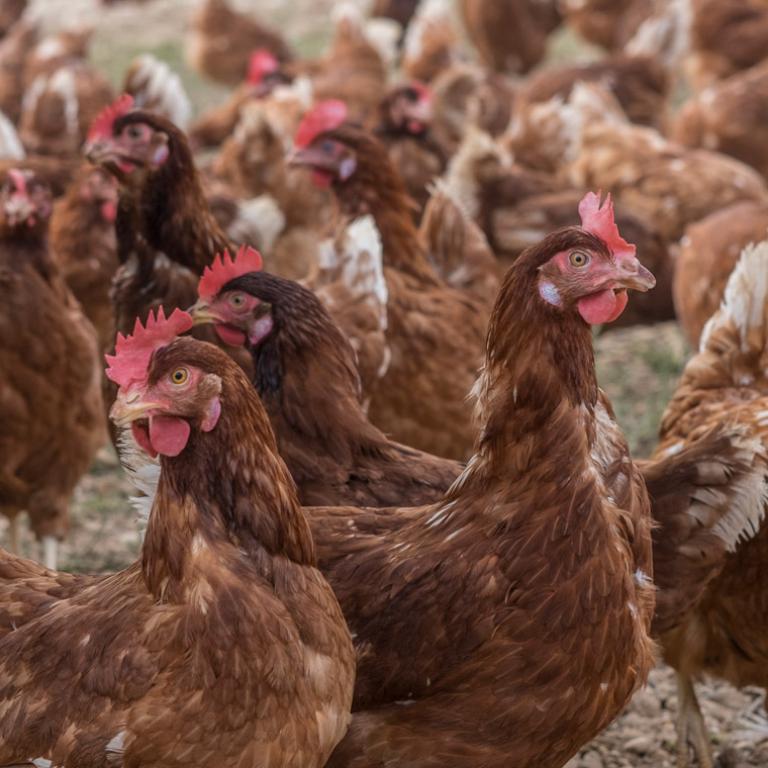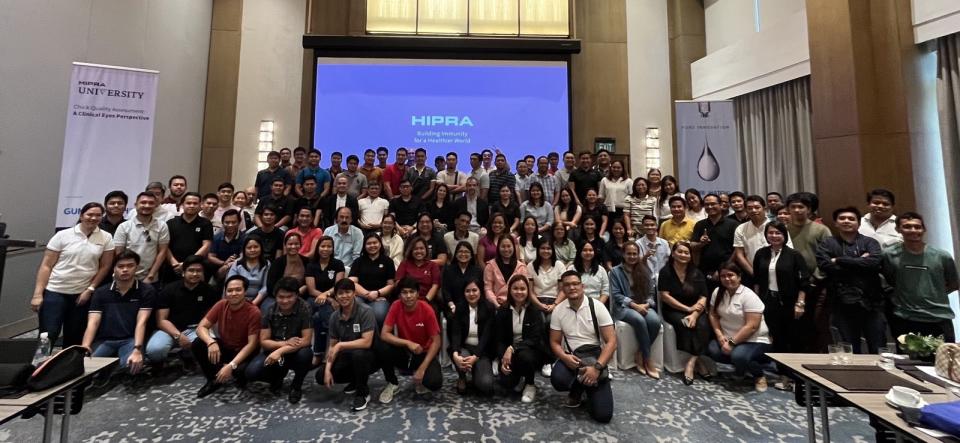The advantages of the use of immune-complex vaccines against Gumboro disease had already been discovered in the 1990s.
Different researchers demonstrated that the IBD immune-complex vaccines, prepared by combining a live attenuated vaccine strain with specific antibodies to IBDV, were able to overcome the common threat of the inactivation of the vaccine virus by passive antibodies, offering the possibility of administering these vaccines in-ovo or subcutaneously on the first day of life.




